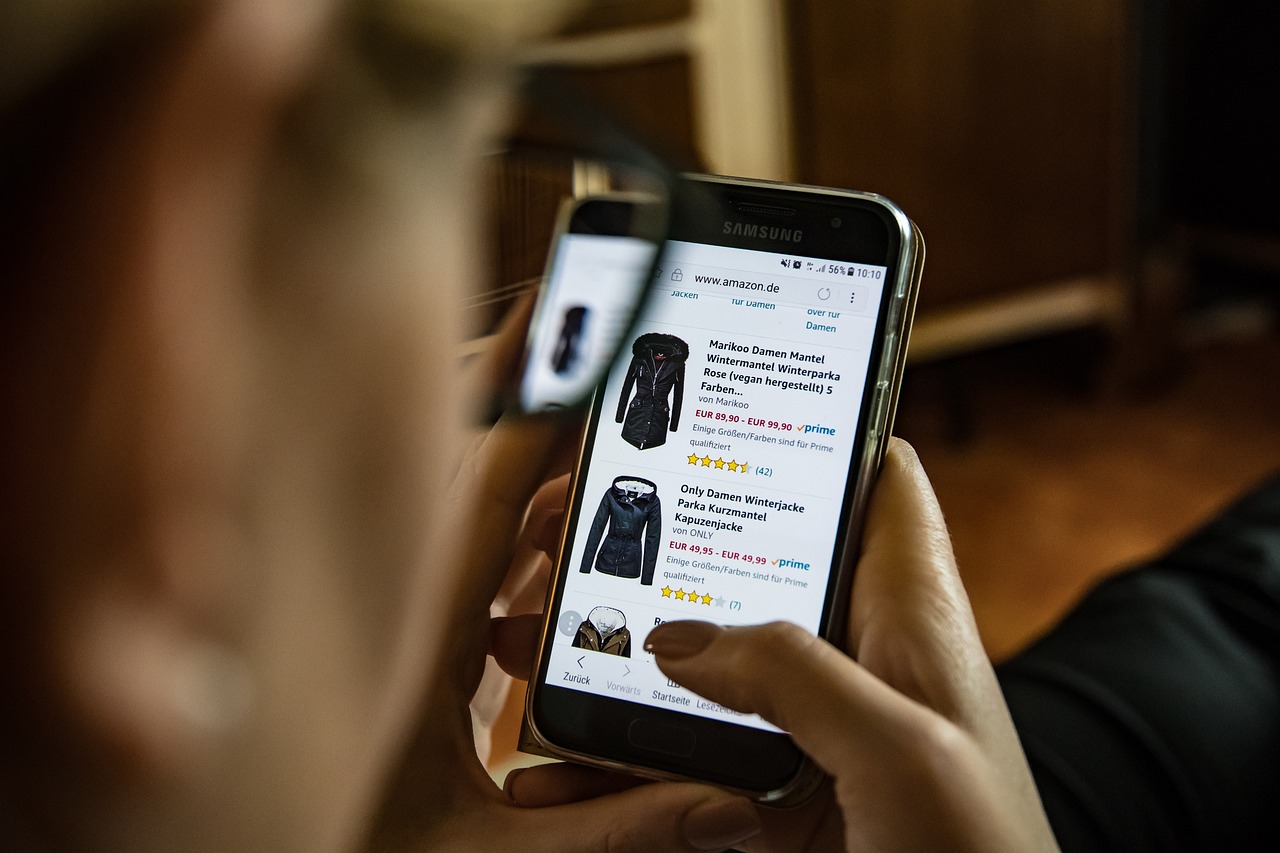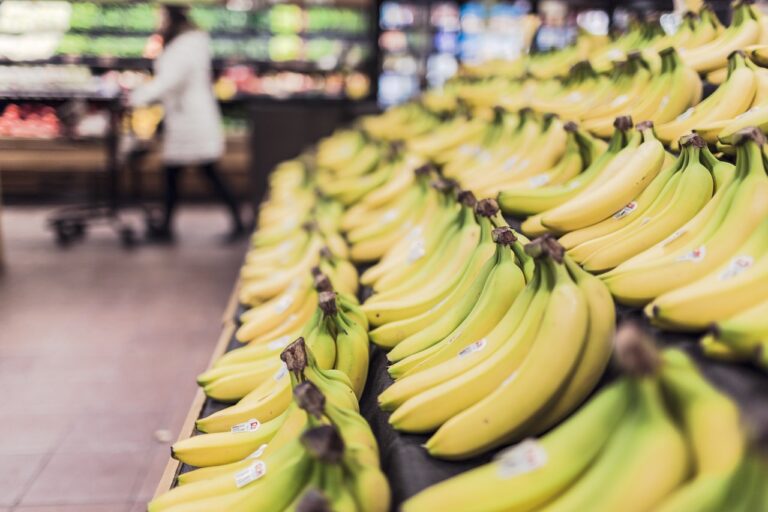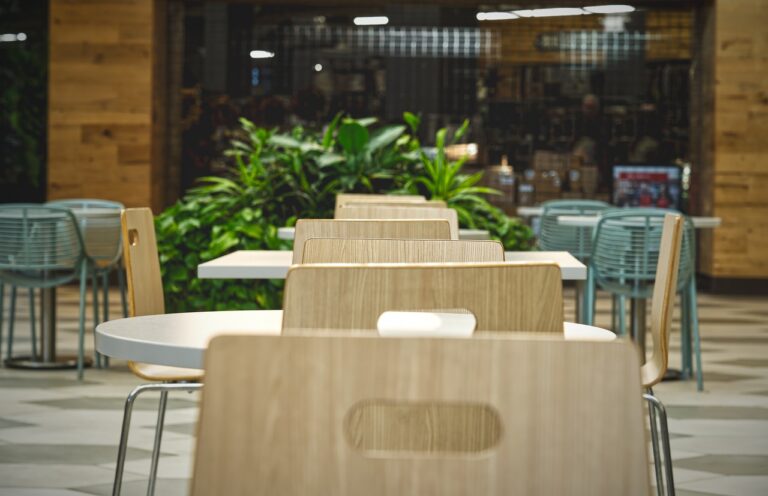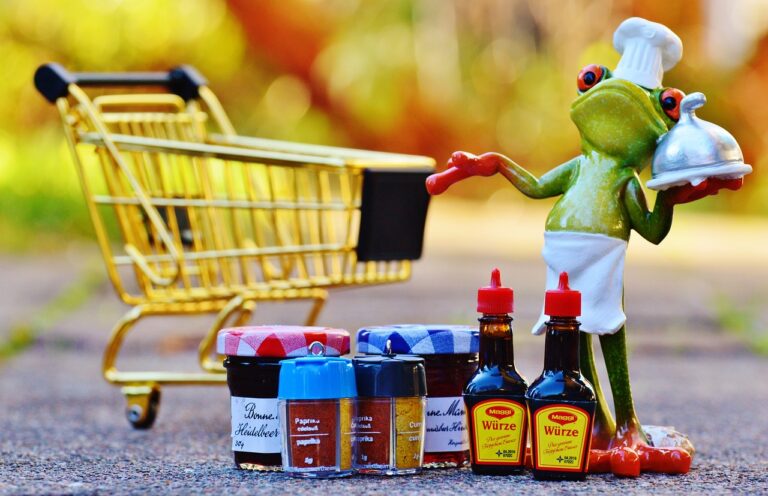The Psychology of Product Packaging: Design Elements That Catch the Eye
When it comes to product packaging design, there are several key elements that play a crucial role in capturing the consumers’ attention. One important aspect is the visual appeal of the packaging, as it is often the first thing that potential buyers notice on a crowded shelf. The use of eye-catching colors, fonts, and imagery can make a significant impact on whether a consumer chooses to pick up the product or not.
In addition to visual appeal, the functionality of the packaging is equally important. The packaging should be practical and convenient for consumers to use, store, and transport. Packaging that is too difficult to open or reseal may deter customers from making a purchase, regardless of how attractive the design may be. Therefore, it is essential for product packaging to strike a balance between aesthetics and functionality for a successful design.
Color Psychology and Its Impact on Consumer Behavior
Color psychology plays a crucial role in influencing consumer behavior when it comes to product packaging. Different colors evoke various emotions and perceptions in individuals, ultimately shaping their purchasing decisions. For example, green is often associated with nature, health, and tranquility, making it suitable for products marketed as organic or environmentally friendly.
Furthermore, red is commonly linked to excitement, passion, and urgency, making it an excellent choice for creating a sense of urgency or increasing appetite in food-related products. Understanding the psychological impact of colors allows companies to strategically design their packaging to appeal to their target audience and communicate specific brand messages effectively. By leveraging the power of color psychology, businesses can enhance the overall appeal and success of their products in the market.
Typography and Its Influence on Perceived Product Quality
Typography plays a crucial role in shaping consumers’ perception of a product’s quality. The font style, size, and spacing used in packaging design can convey a sense of sophistication, professionalism, or playfulness. When typography is well-chosen and harmoniously integrated with other design elements, it can enhance the overall aesthetic appeal of the product, making it more attractive to potential buyers.
Furthermore, typography can also influence how consumers interact with a product. Easy-to-read fonts that are clear and concise can help convey important information about the product effectively, leading to a positive user experience. On the other hand, poorly chosen typography that is difficult to read or understand may create confusion and frustration among consumers, ultimately impacting their perception of the product’s quality.
What are the key elements of effective product packaging design mentioned in the article?
The key elements of effective product packaging design mentioned in the article include typography, color psychology, and their influence on perceived product quality.
How does color psychology impact consumer behavior according to the article?
The article explains that color psychology plays a significant role in influencing consumer behavior, as different colors can evoke specific emotions and perceptions in consumers.
Can you explain the influence of typography on perceived product quality as discussed in the article?
Typography, such as font style, size, and spacing, can convey a sense of professionalism, sophistication, and trustworthiness, ultimately impacting the perceived quality of a product.
How can businesses use typography and color psychology to enhance their product packaging design?
By strategically selecting fonts, colors, and design elements that align with their brand identity and target audience, businesses can create packaging that communicates quality and attracts consumers.
What are some tips for incorporating typography and color psychology into product packaging design?
Some tips include choosing fonts that reflect the brand’s personality, selecting colors that resonate with the target market, and ensuring that the overall design is cohesive and visually appealing.







